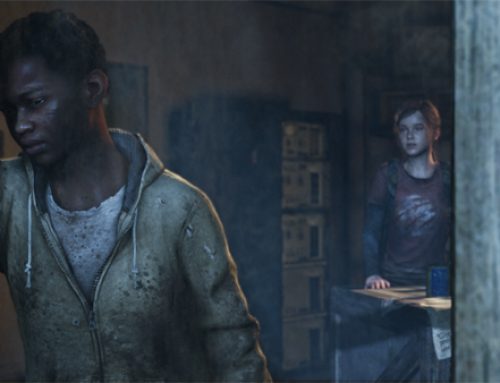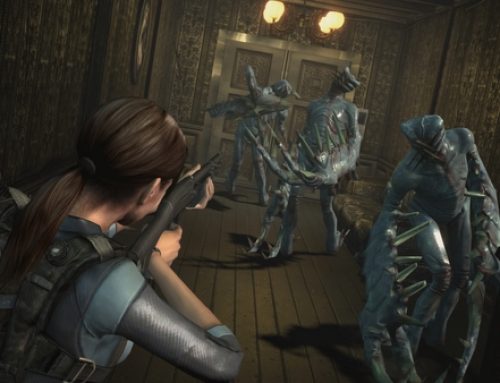Fire up Rockstar Games’ “Red Dead Redemption,” which takes the open-world play of the “Grand Theft Auto” games to the Wild West frontier, and you may notice something odd. Despite the game’s being set a century ago, it helpfully includes a “Grand Theft Auto IV”-style GPS display that shows you the optimal route to get protagonist John Marston where he needs to go. As in “GTA IV,” you can also set up waypoints on the game’s map and get directions to other places, too.
Even though having your location relayed by satellites orbiting Earth almost 50 years before the launch of Sputnik I sounds laughable on its face, it’s easy to see why Rockstar Games included the feature: The developers didn’t want gamers to abandon “RDR’s” epic narrative midstream because they kept getting lost.
But did Rockstar’s developers miss out on a chance to let players find their way around the world using more period-appropriate tools, such as a map and compass, or even navigating by landmarks and constellations, the way the cowboys did? Would it have appeared less anachronistic if Rockstar kept the minimap, compass and waypoints but ditched drawing the routes onto the map? While most gamers might not care about “RDR’s” technical oddity, I’m finding that its inclusion meant I paid very little attention to the game’s expertly crafted scenery as I made my way through New Austin. The next time I sit down to play the title, I’m likely to switch off the GPS, the same way I turned off “BioShock 2’s” waypoint arrows.
“RDR’s” GPS underscores a couple of trends in game design. On the one hand, developers are taking pains to make sure no gamer is left behind, and that video games aren’t just made for a niche audience of hardcore players. From the Wii’s easy-to-use, wandlike controller to the simple, gesture-based controls and timed button presses of the PlayStation 3’s “Heavy Rain,” this big-tent approach to game design has people who wouldn’t have called themselves “gamers” five years ago talking video games with the rest of us.
On the other hand, some developers have pushed to make video games more immersive by removing as many elements of the traditional heads-up display as possible. In theory, the more a game looks like a movie and the less it looks like a “game,” the easier it is for players to get wrapped up in its world. The pinnacle of this movement might be 2007’s “Dead Space.” Instead of the usual health/ammo displays in the corner of the screen, Electronic Arts’ Redwood Shores studio opted to convey that information to the player via digital readouts on the armor and weapons themselves.
Obviously, the “Dead Space” trick is easier to pull off in a sci-fi game than it is in a title set in a historical era. But novel approaches can be found for developers who go looking for them. In “Condemned: Criminal Origins,” an Xbox 360 launch title from 2005, the only ways to keep track of how much ammunition you had left were to have the main character, Ethan Thomas, literally stop shooting guys and check his weapon, or keep count of how many shots you’d fired. While this approach would be impractical in a bulletfest like “Left 4 Dead,” it made the already scary “Condemned” even more tense and realistic.
As a longtime gamer, I tend to chafe a bit at excessive readouts and handholding. While I applaud games with more simple, democratic game design, having a GPS readout tell me that my horse and I need to take the glorified dirt path on the left feels jarring and a bit weird. Is it a game ruiner? No way, but it’s got me and no doubt other gamers wondering if there’s a more period-appropriate way to accomplish the goal of keeping us from getting lost.
For an example of a post-“GTA IV” open-world game that didn’t use GPS, take a look at Double Fine’s EA-published “Brütal Legend.” In that game, you used landmarks, memory, a map and waypoints that shone down like a beacon from the heavens to steer Eddie Riggs’ tricked-out hot-rod through a heavy-metal-inspired landscape. And though some players disdained the game’s real-time-strategy-inspired stage battles, few complained about getting lost. (And let’s face it, having a giant spotlight shine down from the heavens is much more Metal than GPS will ever be.)
“Red Dead Redemption” isn’t the only game that includes GPS-style navigation decades before its invention. I’ve noticed a similar interface in 2K Czech’s “Mafia II” the couple of times I’ve played the game at press preview events. When that game, set in the 1940s and ‘50s, reaches stores at the end of August, it’ll afford another opportunity to debate the merits of accessibility or immersion, and wonder whether the two are mutually exclusive.




